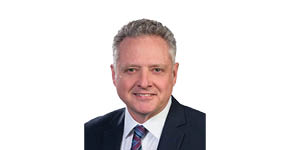In 2020, INFORM’s Dr. Eva Savelsberg sat down for an interview with Matthew Wittemeier to share her perspective on global trends, technology, society, and environmental issues that were pushing and pulling the global supply chain. At the forefront of the COVID-19 pandemic, many of the trends discussed were accurate. In INFORM’s latest article, Eva and Matthew have once again sat down for an in-depth discussion of the state of the industry.











